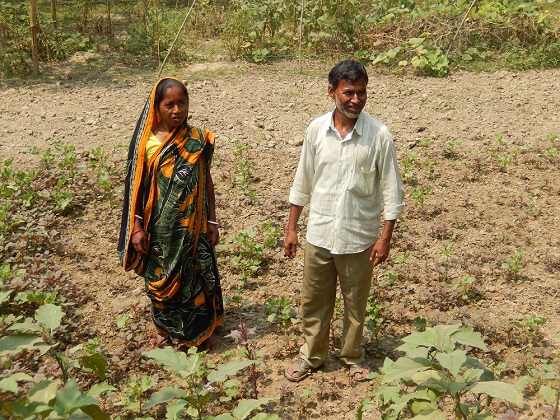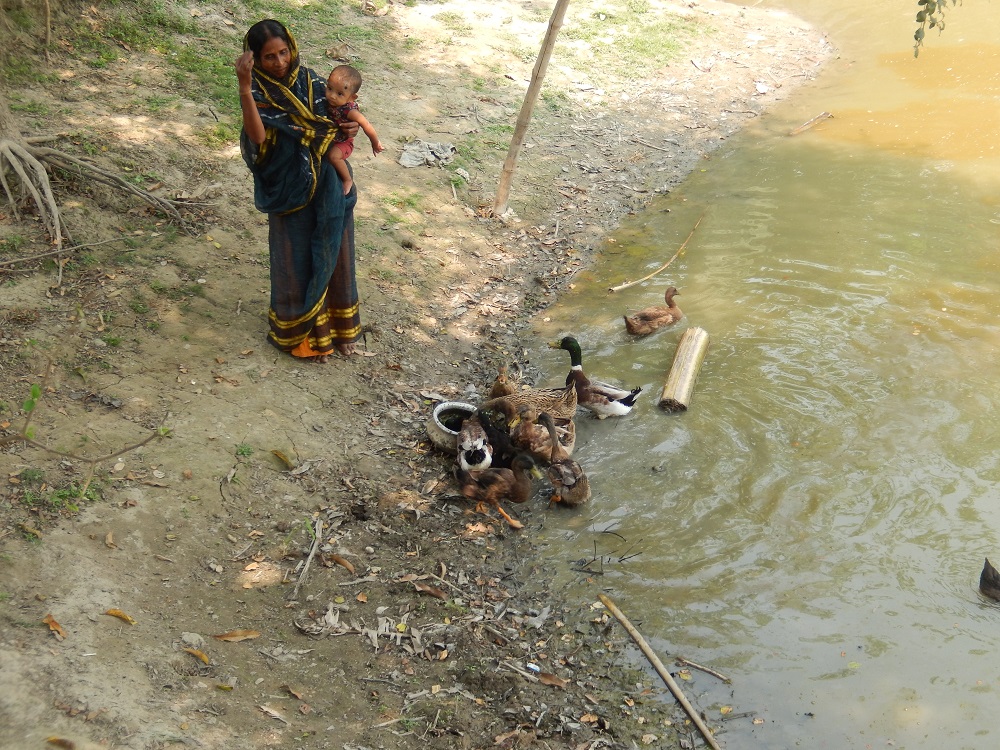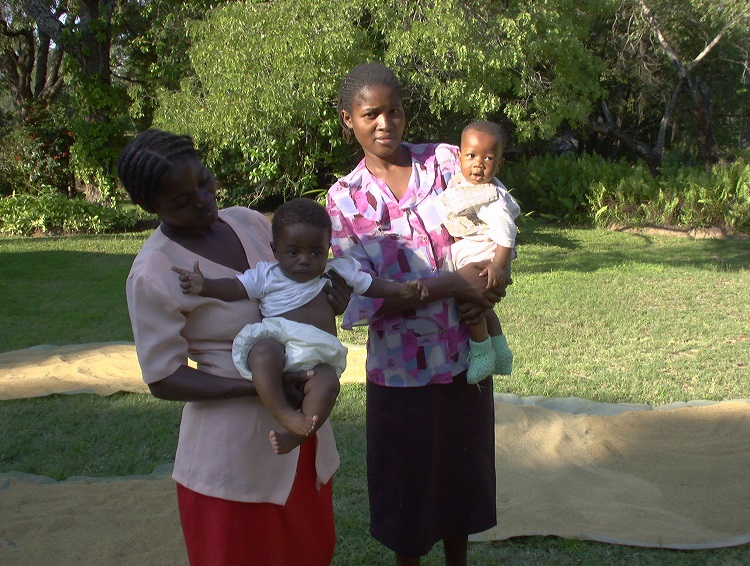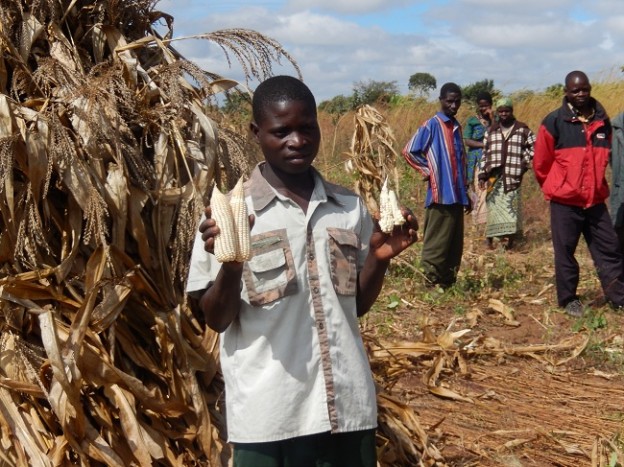Your cart is currently empty!
Category: Agronomy
A Widow Woman & Swamp Rice In Sierra Leone
About a week ago a friend asked me: “What project are you working on?” It’s pretty hard to explain the open-ended process of bringing people together in community development as “a project.” But, one of the projects I do work on is being part of a team of people who focus on increasing the…

A Man and his Wife: Making a Living in Bangladesh on a Tiny Bit of Land
Something like 165 million people live in Bangladesh in about the land area of Wisconsin. People count their land holdings in terms of 21 foot X 21 foot little blocks called decimals. Shukumar and his wife, Kojalrani, impressed me with their resourcefulness as they strive to make a living. World Renew has a fancy name…

A Widow’s Ducks
She’s caring for her daughter’s baby and for her aging mother. Her husband left her for another woman, effectively leaving her a widow. How can she earn her own livelihood, as a poor widow in northern Bangladesh? Well, it turns out that Bangladesh has a lot of water. Many ponds last through the dry season…
Creation Care in India
Sense of place. Caring for the spot of the Earth that the Lord gave your family. Making it a better than when you started. That’s a feeling many have but don’t know how. Sometimes they are too poor to even own the land they farm. That’s the case of many farmers in NE India. In…
Where do Chickens Come From?
My dad had two “coops” in the back yard. One for keeping about 20 chickens and one for keeping about 20 rabbits. It was my job to take care of them all. So, I got to know some of the peculiar…
More on What It’s Like to Live on Top of An Ancient Mayan City
The thing I wonder about is why some trees grow so well in the soil on top of the ancient Mayan City of Santa Rita while other trees struggle mightily. Some trees live on for years with yellow leaves and dead ends of their branches. Archeologists say that the seeds of the bread nut tree…

Gearing Up To Discover What’s Been Happening With Amaranth In East Africa
I’m looking forward to an opportunity in April to evaluate the long-term impacts of World Renew’s promotional work on grain amaranth. Starting in 1998, but especially in the years 2006 and 2007, we made a special effort to teach farmers and mothers how to grow and how to prepare grain amaranth for eating. Love0 Share…
Updates: Evergreen Agriculture (Fertilizer Trees) and Amaranth
In World Renew we are always learning about new ways to use the huge diversity of assets the Lord put into his creation all around the world so that people experience the abundant life the Lord intended for his people. Here are a couple of updates and some pictures of things I’ve been learning about…

Two Ears of Corn vs. Two Ears of Corn: Harvest of Plenty in Mozambique For Farmers Who Cannot Afford Fertilizer
This picture of Manuel holding two ears from his tradition patch of corn vs two ears from his “conservation agriculture” patch of corn—tells the story. Laboriously, but self-reliantly —- making compost (2-4 days of work), digging carefully laid-out, 6 to 8 inch-deep planting holes ( 1 day of work for a 60-foot by 60-foot plot)…
Amaranth: A Help in Uganda and a Hit with the Kids in Michigan
The name of the plant is amaranth. It’s a high protein grain that has a wonderful balance of amino acids. Mexican Aztecs and Peruvian Incas probably knew more about growing the grain than we know today—it was that important to them. African women farmers like Dorcas and Casee taught me a lot about growing in…